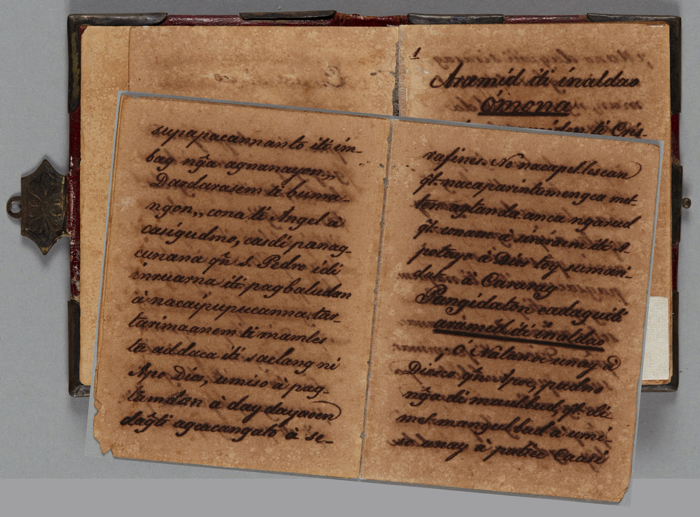- Project Leader : Sugaya Nariko (Ehime University,Faculty of Law and Letters, Department of Humanities and Social Sciences)
- Collaborators : Shimizu Hiromu (Kansai University, Faculty of Policy Studies)
- : Ambeth R. Ocampo (Ateneo de Manila University, School of Social Sciences, Department of History)
- : Mario Lopez (Kyoto University, Center for Southeast Asian Studies)
- : Caroline Hau (Kyoto University, Center for Southeast Asian Studies)
- : Serizawa Takamichi (Kyoto University, Center for Southeast Asian Studies)
Outline of Research
This project will explore the socio-economic changes in the Philippines during the mid-18th to the mid-19th centuries, when the Spanish colonial authorities had ambitions to run its colonial business in Manila port in two ways: to connect Asia and America, and to regenerate trades within Asia. As part of this project, we will invite the distinguished Filipino historian, Professor Ambeth Ocampo (Ateneo de Manila University), who will assess historical sources of the said period. With his assessment, we expect to expand and strengthen the facilities of the CSEAS library, along with its two special collections (Foronda and Ocampo), by aquiring a new set of relevant sources in Spanish, Chinese, and other languages, and by compiling bibliographical introductions of these source materials. By doing so, this project will support research and promote interests in studies on the Spanish colonial Philippines, particularly those of beginning and young scholars.
Description
Recent historical studies on the Philippines have mainly focused on the US colonial regime by examining what kind of modernization US colonialism brought to local society and how it responded during this period.
In contrast with such trends, this project will explore the characteristics of the socio-economic changes during the mid-18th to mid-19th century- Philippines, when the Spanish colonial authorities had ambitions to run its colonial business at Manila port in two ways: to connect Asia and America, and to regenerate trades within Asia. In order to articulate the socio- economic changes, we will examine the historical sources written in both Spanish and Chinese during the said period. This project, focusing on the socio-economic history of the Philippines during the Spanish colonial regime, has a significance for further development of historical studies on the global economy.
The number of historians of the Spanish colonial regime in the Philippines, whose topics require an excellent command of the Spanish language, is decreasing not only in Japan, but also worldwide. Therefore, this project also aims to improve the facilities and create conducive environments for studies of the Spanish colonial rule in the Philippines, particularly those by beginning and young scholars. For this, we will work with Professor Ambeth Ocampo (Ateneo de Manila University) and other distinguished Filipino historians who are experts of the Spanish Philippines, in order to assess and select historical sources to be acquired and make them available in Japan. Based on this assessment, we expect to expand and strengthen the facilities of the CSEAS library, along with its two special collections (Foronda and Ocampo), by acquiring a new set of relevant sources in Spanish, Chinese, and other languages, and by compiling bibliographical introductions of these source materials.
This project also delineates from the current English-based historical studies on the Philippines mainly conducted by historians stationed in the US. With its focus on analysis of relevant source materials written during the mid-18th to the mid 19th centuries, it is hoped that this project will enable us to envision further long-term and comparative perspectives of Philippine history. We collected 22 volumes of Spanish colonial materials during 2019. Among those materials, 19 books were newly held in Japan. We will exchange opinions on Spanish colonial Philippines through the investigation of these materials, also contributing to studies of late 19th century Philippines.
 Ilocano prayer book estimated to have been created around the 1850s |
 Decorative bound with silver rim and used by upper class women in Vigan, Ilocos Region |
